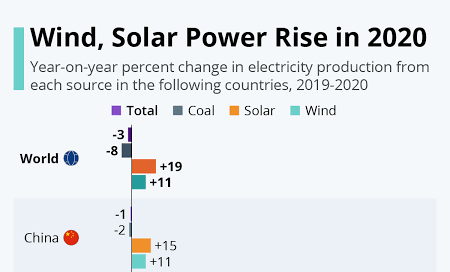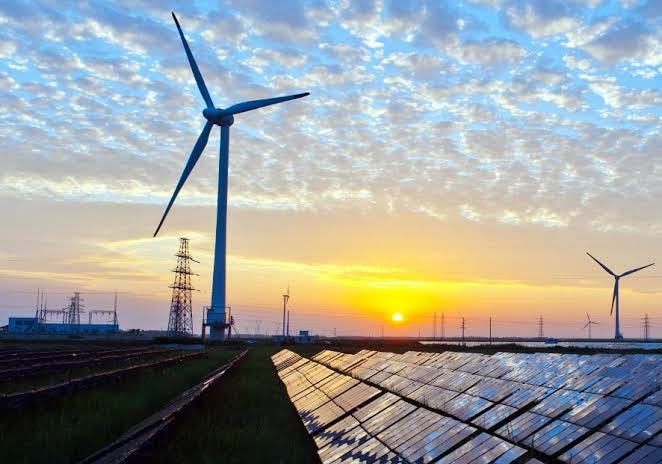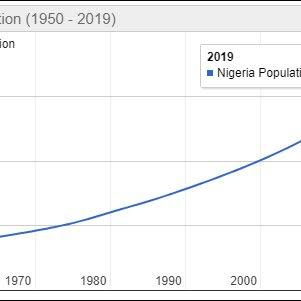Solar and Wind Power Grows, but it’s not all of the story
Read about places where things don't seem as they should be
Netherlands recorded one of the fastest growth rates for wind and solar power in 2021. It switched things around to achieve this status. It switched some demand from fossil fuels, which continue to intensify global warming. It switched some of its energy demand from coal, which unfortunately witnessed its fastest growth globally since 1985, up 9% at 11,042 terawatt hours. While switching some attention from fossil fuel and coal, Netherlands embraced wind and solar power more, helping ultimately to ensure that wind and solar power accounted for 10% of total global electricity generation.
Australia joined Netherlands as one of the countries having the fastest growth rates for wind and solar power in 2021. Not unlike Netherlands, Australia played down on the mania for fossil fuel. It did this by switching around 10% of its electric demand from fossil fuel. It did this knowing climate targets needed to be met, and to meet them a nation needed to move around some percentage of their electricity usage from fossil fuel. By doing this, hope rises that solar and wind power may be the key to limit global warming to 1.5C, if countries act like Netherlands and Australia by aiming to have the fastest growth rates for renewable energy record in 2022.
Unfortunately, Africa did not emulate Netherlands in switching 10% of its demand for fossil fuel to wind and solar power. It did not join Australia by having one of the fastest growth rates for renewable energy record, despite its need for a clean affordable, and reliable power generation. It did not copy nations like China, which is installing record levels of wind and solar gadgets, and also installing record levels of clean electricity like hydro, nuclear, and bioenergy, all to maintain a climate target. With an astonishing technical wind potential, with the capacity enough to satisfy the continent’s electricity demands, with an appreciable average wind speeds located in numerous places, Africa and places like the coastal areas of Nigeria didn’t agree to switch over as little as 10% of their electricity demand to wind and solar power.
Netherlands recorded one of the fastest growth rates for renewable energy last year. The same thing with Australia, which recognized somehow that it was possible to get to a break-even power where wind and solar may cover new electricity grounds. The same thing with places like Vietnam and China, which recorded a demand rise for electricity by 13%, passing one-tenth of power generation from wind and solar landmarks for the first time in 2021, bent on driving its desire for clean energy. But as far as the same thing doesn’t happen in places like the coastal areas of Africa and South America and other places in the developing world, efforts may be slowed down towards limiting the global warming to 1.5C, even if Netherlands and Australia and Vietnam and China continue to record the fastest growth rates for renewable energy in the world.
While some nations eye the break-even point where wind and solar can cover new electricity demands, places like Africa face numerous challenges. The continent lacks familiarity with wind technology. Despite its enormous potential for solar energy, it lacks familiarity with solar technology. It lacks the capacity to finance the installation of wind and solar energy projects, due to macroeconomic conditions, due to sectoral conditions, due to cultural conditions. These conditions, which limit the ability of the continent to have a familiarity with wind and solar and other forms of clean energy technology, have to be overcome before developing countries and others can overcome the limitations imposed on them by their numerous challenges.
The limitations of the consequences are grave. In 2015, the population of the world without electricity stood at 1.3 billion. In 2017, the population of the world without electricity stood at just below one billion people, with 600 million affected in sub-Saharan Africa – totalling 57% of population – and 15 countries in that region having access rates below 25%. The population of the world that hasn’t diversified into renewable and sustainable energy through solar or bio-fuel, hydro, wave, or tidal, or geothermal energy may continue to decrease, but efforts need to be made to increase the speed. To get electricity, the population of the world without sufficient electricity depends on fuel wood or biomass consumption or self-powered generation through diesel or self-powered generation, which leads to continual global warming, thereby slowing down the march towards limiting global warming to 1.5C.
For places like the coastal area of Nigeria, the failure to adopt renewable energy could prove devastating in the long run. In this space, political power arrives from the connection to the exploration of oil. Lots of millionaires come into being through the government, which gets its revenue through the exploration of crude oil. Lots of politicians only struggle for power so as to get access to government coffers, which are filled with money traceable to oil explorations. If the adoption of renewable energy in Africa and other places in the developing countries remains slow, the millionaires and the politicians and other speculators in the corridors of power would keep relying on the largess from the exploration of crude oil and other natural resources, which leads to unabated rate of spewing greenhouse gasses into the atmosphere, thereby slowing down the march towards limiting global warming to 1.5C.
Carbon emissions in Nigeria
Credit: ResearchGate
The slow down takes place in other areas. In the manufacturing sector at places like the coastal areas of Nigeria, carbon emissions to total emissions reached 9.61% in 2012. As though driven by an unseen force, it climbed to 10.47% in the following year, since industrial processes accelerated. In the following year, it climbed some more to 12.18%, the highest in the preceding ten years, as emissions from coke input into furnaces grew. If the adoption of renewable energy continues to lag behind the adoption in Netherlands and China, carbon emissions from the manufacturing sector would keep growing, and if this happens in other places in Africa or Latin America or Asia, a slowdown will occur in the drive to limit global warming to 1.5%.
Forest loss in Nigeria
The Global Watch reported that Nigeria lost about 600,000 hectares of its forest as of 2006. In a period covering 2002 and 2020, Nigeria lost 14% of her primary forest through logging, timber export, subsistence agriculture, and the use of wood for cooking purposes. In 2005, Nigeria lost about 55.7% of its primary forest, gaining the unviable tag of having the largest deforestation rate in the world, on course to losing its rain forest. With carbon emissions arriving from logging and timber export and subsistence cultivation, coupled with the refusal or inability or reluctance to fast track the adoption of renewable energy tools of wind and solar, and with this going on in other places in Africa, Asia and Latin America, it means a slowdown will occur in the drive to limit global warming to 1.5C.
Potentials of wind and solar power in Africa
In other words, ways and means must come into play to make nations in the global south adopt renewable energy tools for electrical and other types of energy. Fortunately, Africa shows potentials in this direction. It possesses an astonishing technical wind potential. Its technical wind potential reaches 180,000 terrawatt hours per year. Its technical wind potential can enable it satisfy the continent’s electricity demands 250 times over. Its technical wind potential points to a big role in the wind sector, a big role in the solar sector, a big role in the entire renewable energy space. Its technical wind potential puts it in a situation where it can not only satisfy the continent’s energy demands and enable it play a big role but also allow it drive the means to derive its energy.
So it’s why local communities in places like the coastal areas of Nigeria need to be engaged in the process of achieving an increased use of renewable energy. They need to be engaged through the creation of wind projects. Not just the creation of wind projects, they also need to be engaged with opportunities for a benefit-sharing plan from wind and solar projects, which will encourage them to show a familiarity with the entire enterprise, ultimately making the venture a success. Developers need to be engaged with the people in the local communities, to facilitate the local benefit-sharing plan as related to the growth of renewable energy in developing countries, because with community members and developers and investors and government working together on the task of igniting the use of renewable energy in these parts of the world, success will crown the attempts at making renewable energy sources account for far more than the present 10% of total global electricity generation from the wind and solar sector.








